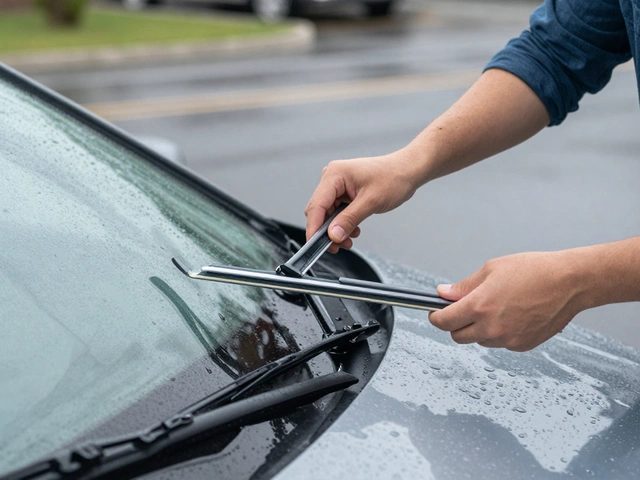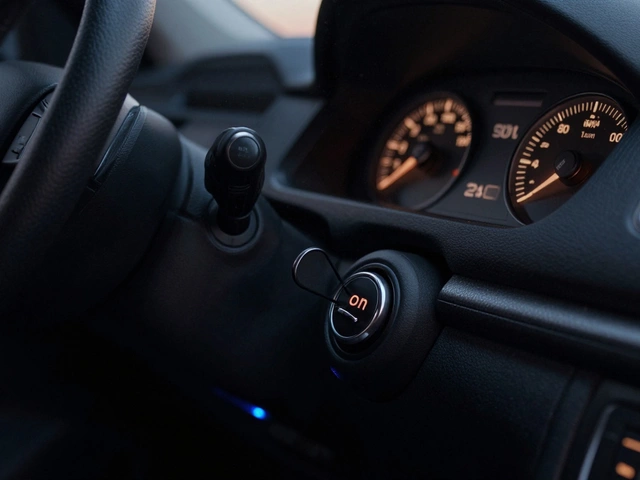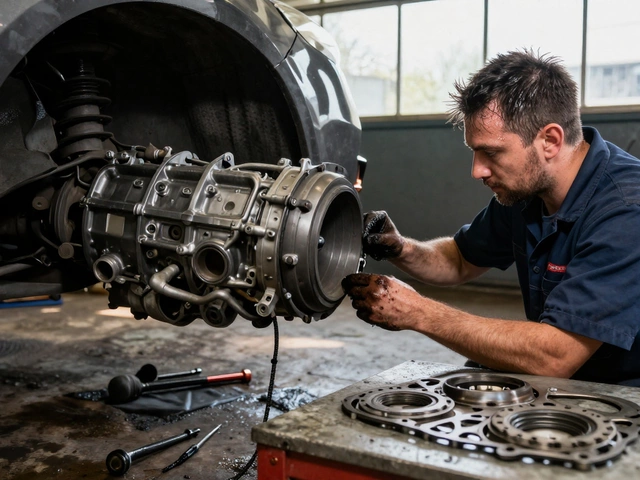Low Mileage Cars: What It Means and How to Keep Them Running Right
When you hear low mileage, a vehicle with fewer miles driven than average for its age. Also known as low-mileage car, it often gets praised as a smart buy—but that’s not always true. Just because a car has only done 30,000 miles over ten years doesn’t mean it’s healthy. In fact, cars that sit too long or are driven only short trips can suffer more than those used regularly on highways.
Engine wear, the gradual breakdown of internal engine parts from use and lack of proper lubrication doesn’t only come from miles. It comes from cold starts, short drives, and old oil sitting in the engine. A car driven 5 miles to work every day, then left parked for hours, never lets the oil reach full temperature. That means moisture builds up, fuel dilutes the oil, and sludge forms. Meanwhile, service intervals, the recommended times or distances for maintenance tasks like oil changes and fluid checks are often based on time, not just miles. Skipping an oil change because you’ve only driven 8,000 miles in a year? That’s a mistake. Oil breaks down over time, even if you barely drive.
Vehicle lifespan, how long a car can reliably run before major repairs or replacement isn’t just about mileage. It’s about care. Rubber hoses dry out. Brake fluid absorbs moisture. Batteries lose charge when sitting. Suspension parts corrode. Low-mileage cars often have worn-out seals, stiff bushings, and weak batteries—not because they were driven hard, but because they weren’t driven enough. That’s why a 2018 car with 25,000 miles can need more work than a 2015 car with 80,000 miles that was regularly maintained and used on long trips.
If you’re looking at a low-mileage car, don’t just check the odometer. Ask how it was used. Was it parked outside in winter? Did the owner commute short distances? Has it had regular oil changes—even if the mileage was low? These are the real questions that matter. The posts below cover exactly what to look for: how to spot hidden damage, why oil changes still matter even with low miles, how brake systems degrade without use, and what parts fail first when a car sits too long. You’ll find real advice on checking batteries, suspension, fuel systems, and more—all based on what actually breaks in low-mileage cars, not what salespeople tell you.





